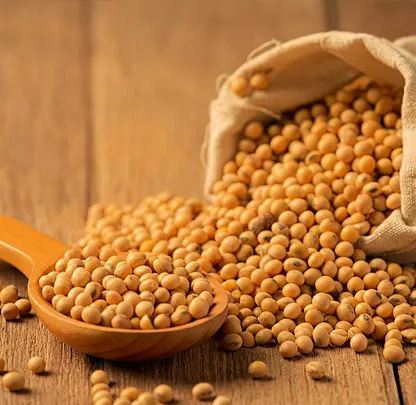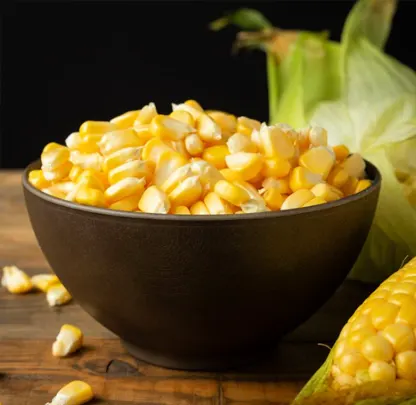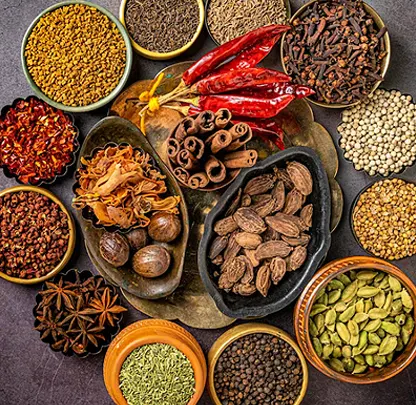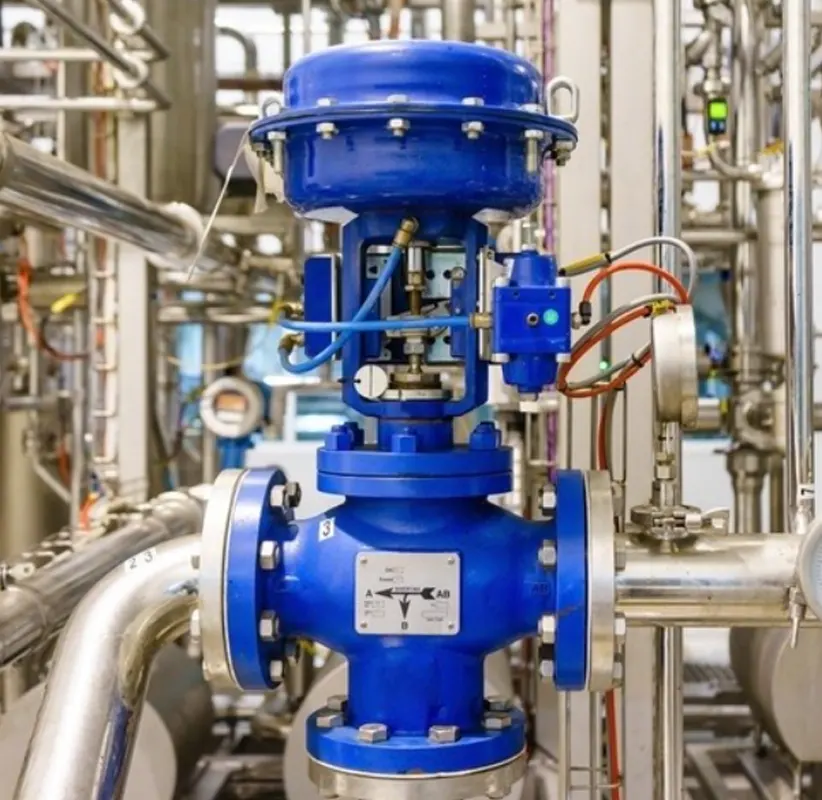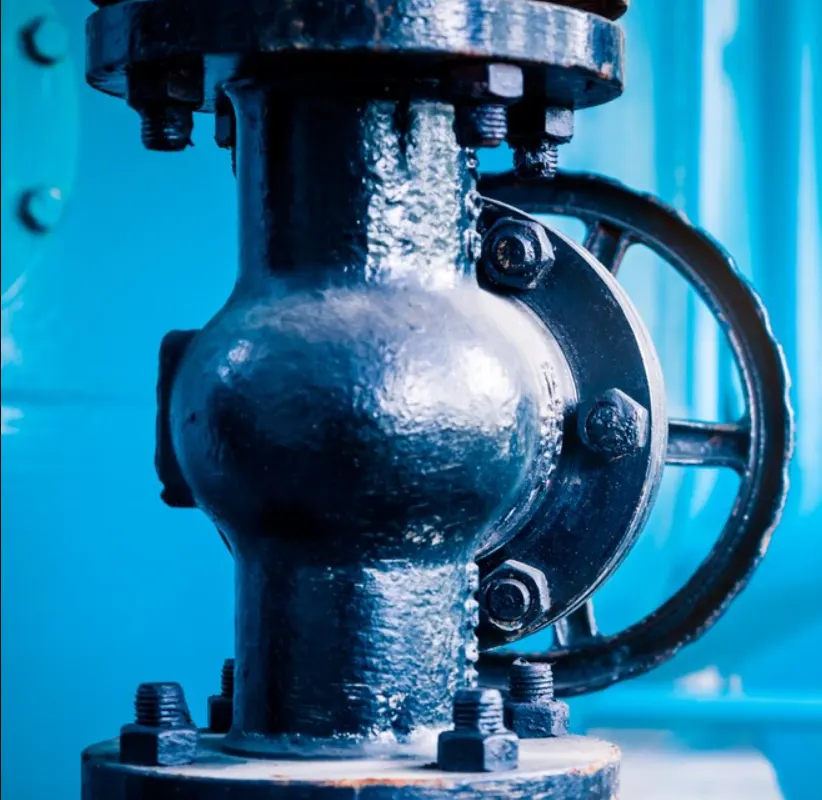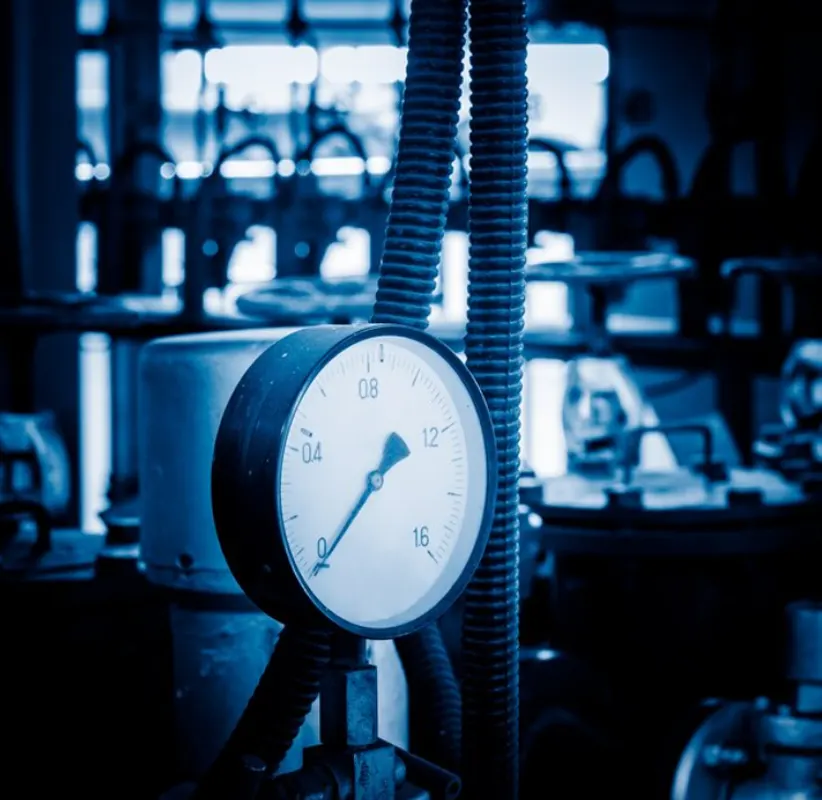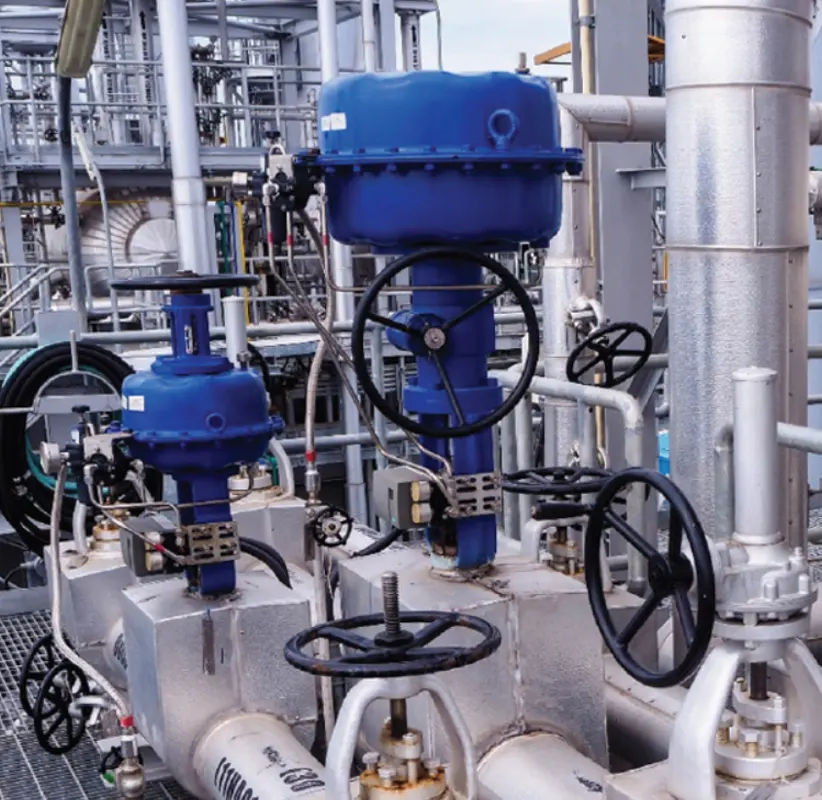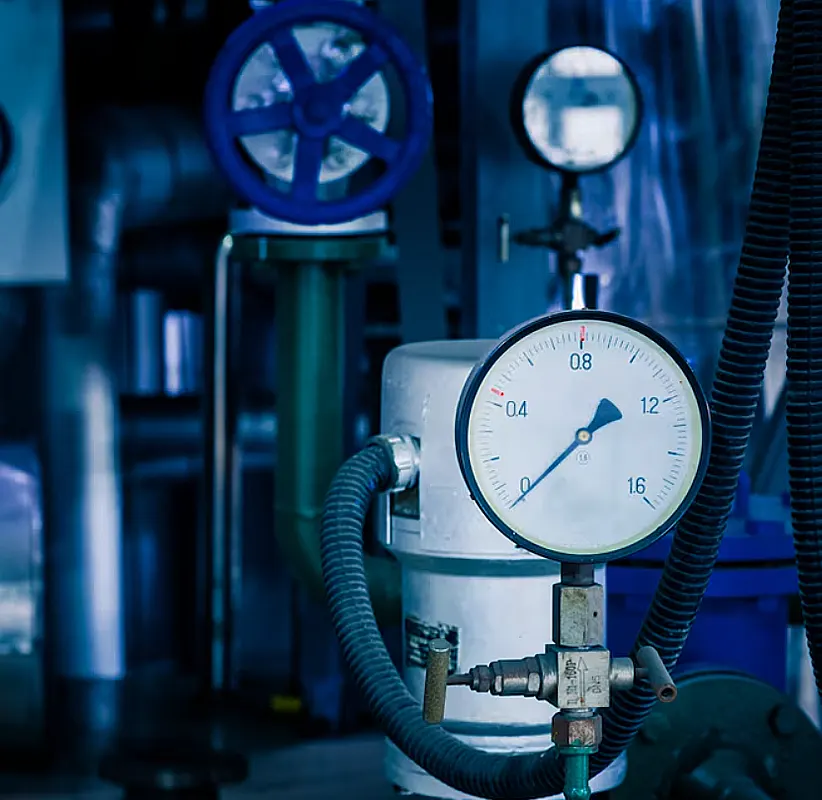Control Valves
Product Description
Control valves are devices used to regulate the flow....
Control valves are devices used to regulate the flow, pressure, temperature, or level of fluids (liquids, gases, or steam) in a system. They play a crucial role in process control systems and are integral to industries such as chemical processing, water treatment, HVAC, oil and gas, power generation, and many others.
Control valves adjust the flow of fluid by varying the size of the opening (or valve stem position) in response to a signal from a controller, which ensures that the desired process conditions are maintained.
Key Components of Control Valves:
- Valve Body: The main structure of the valve that houses all other components, including the valve seat and plug.
- Actuator: The mechanism that moves the valve stem to open or close the valve. Actuators can be pneumatic, electric, or hydraulic.
- Valve Plug (or Disc): The element that opens or closes the valve, allowing or restricting flow.
- Positioner: An optional component that ensures the valve plug is in the correct position based on the input signal from the controller.
- Spring: In many designs, the spring helps to return the valve to a fail-safe position when no power or signal is applied.
- Stem: The part that connects the actuator to the valve plug and transmits movement.
Copyright © 2025 Al Zamram Trading. All Right Reserved


